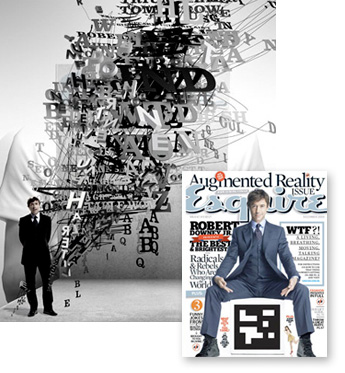Digital marketing is a work in progress.
Digital marketing is a work in progress if you want to succeed. A commitment. Your message must be far more compelling than the 8,000 others from 10 million competitors a person sees daily. You must navigate convoluted behemoths like Google whose very existence depends on getting more of your money. And, you must get a huge market’s agreement to consider your company one person at a time. Technology is only a single piece of this strategy, but communication is the key to engineering consent and only humans can create and communicate.
A business website is like Shakespeare written in code. It must speak to human needs. It must not just convince, but persuade. It must be your company’s frontline marketing communication and position your enterprise against 100 million competitors. It must be developed and maintained with many leading-edge technologies that no one person is a master of. And, it must deliver an unreasonable return on investment to earn its place as a valuable business asset.
Marketing automation is strategic insight transformed into reality. First, you must master the many breakout technologies that drive leads, convert them to sales, and optimize marketing ROI with complex analytics. You must program intricate automated systems that integrate with websites and custom CRMs for promotional, social, and sales management. And, to compete, you must have world-class creative capabilities for messaging and content development across devices and platforms. All within budget. Automation is only as good as the people behind it.
Engagement marketing is the flip side of interruption marketing. Done right, it changes everything. To begin, you must be clear about what unique value you own and its benefits. You must understand the interests of individuals in a vast, anonymous market and speak well at exactly the right moment. You must earn people’s attention, but can’t reliably demand it anymore. You must curate content far above all your competitors to nurture savvy prospects up the permission ladder from strangers to friends to loyal customers. Technology is a vital tool, but only people can bring about understanding to influence others.
If you’re already number one, just ignore us. We’re looking for number two. Companies that need to compete need us. We are a small office with big capabilities. We help clients develop integrated and digital marketing communications to reach and influence individuals in their target markets across rapidly changing media and devices. Our creative is award-winning. Our technology is leading-edge. Our overhead is low, and that means greater profit for our clients. We are the nexus that makes technology and humanity work together.


